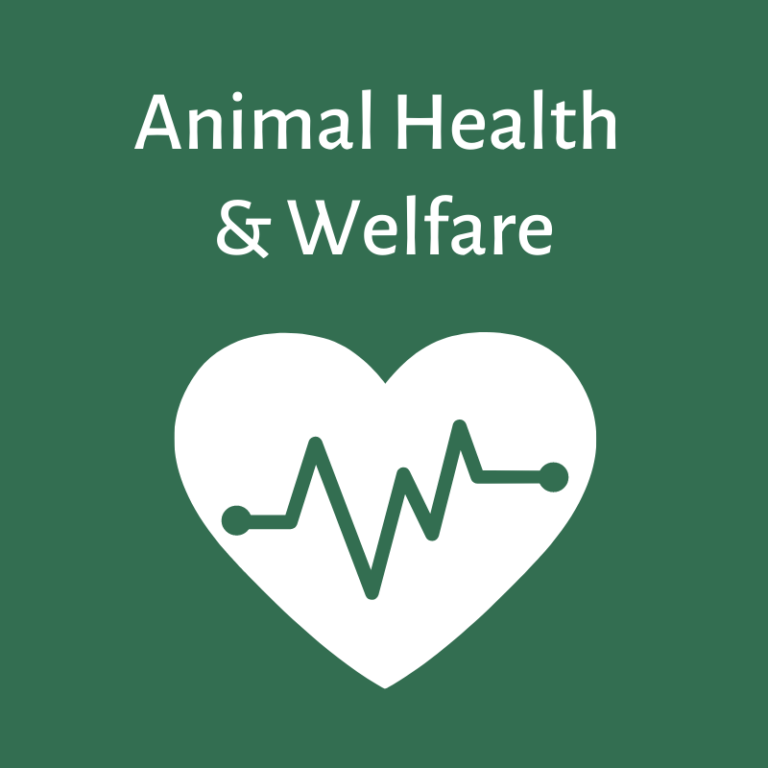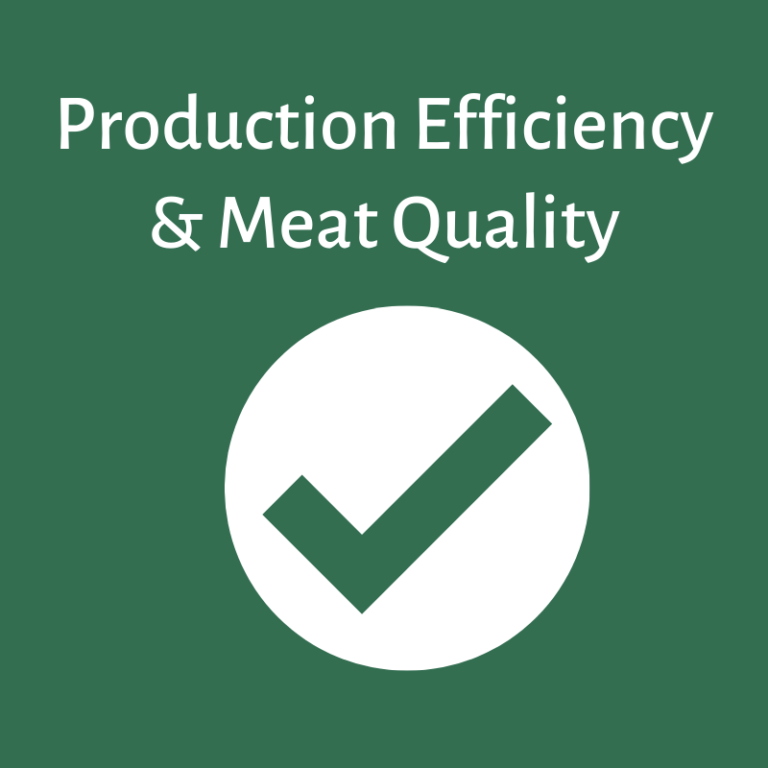
https://ec.europa.eu/eip/agriculture/en/find-connect/projects/bovine-beef-innovation-network-europe
The use of real-time ultrasound technology has advanced considerably in recent decades, which has enabled the accurate measurement of various characteristics of live beef animals’ body composition. Furthermore, using ultrasound to measure carcass quality and to establish Estimated Progeny Differences (EPDs) in the purebred beef industry has long been accepted practice. Measurable characteristics in the live animal include fat thickness at the 12th–13th rib, rump fat thickness, ribeye area, and intramuscular fat percentage (marbling). These characteristics are significant in determining the quality and yield of the red meat of individual animals, and they are at least somewhat hereditary.

In many countries the beef industry has started to use a value-based marketing system, where farmers are rewarded for producing a consistent, high-quality end product that meets consumer demands. Therefore, the Portuguese company AgriAngus collects phenotype data in order to select animals with better characteristics for quality meat production by ultrasound measurements. This type of technology allows the in vivo identification and selection of animals that have the desired characteristics for each type of market. In addition, it allows the diet to be adapted and slaughter dates to be scheduled according to the requirements of each market.
At AgriAngus, 150 animals of the Aberdeen-Angus breed are evaluated during their rearing, between 10 and 14 months, in a Total Mixed Rations (TMR) feeding system (also known as unifeed). Using ultrasonography on the muscle mass in animals belonging to contemporary groups, it is possible to estimate the more common traits, including ribeye area (REA), backfat (BF), rump fat (RF), and per cent of intramuscular fat (PIMF). REA (in square inches) is measured between the 12th and 13th ribs and estimates the amount of muscle and lean product in the animal. BF (in inches) is also measured between the 12th and 13th ribs and serves as an estimate of the external fat on the animal. This measurement is taken at a point three fourths of the length of the ribeye from the end nearest the animal’s spine and is the most important factor affecting retail product yield. RF is an additional measurement of external fat on the animal and is also measured in inches. This measurement is taken along the rump of the animal between the hooks and pins. PIMF is an objective measurement of marbling in live cattle.
Despite the fact that the quality of Aberdeen-Angus meat is widely recognised due to the level of marbling, there is a lot of genetic variability between individuals, and the majority of farmers do not evaluate such variability within their herds. Meat will also be sold in the near future according to quality standards and grades. When that time comes, selected animals will be sold at a higher price.
This good practice was implemented by a technician certified by the Agricultural Business Research Institute (ABRI), who validates the data for the Aberdeen-Angus breeding plan. In addition to this, the effect of the good practice can be monitored through the improvement of annual Estimated Breeding Values (EBVs) and the use of a genetic selection computer platform.


Three lessons learnt that could be relevant for other practitioners wanting to implement this good practice:
1. Precocity and the breed’s small frame are two factors that influence the level of marbling.
2. The high heritability of meat marbling characteristics makes selecting animals for such characteristics an ‘easy’ farm practice.
3. The level of feeding for females need to be lower than for males, due to the earlier extent of subcutaneous fat deposition.
Impact on:
 |
|
 |
|
 |
The time of implementation is at the moment very short. No major solid impacts can be reported. |
 |
Source of information:
- Good Practice submitted by the Network Manager from Portugal: José Pais
- Hohenboken & Tech (Editor). 2002. Guidelines for the Uniform Beef Improvement Programs. Beef Improvement Federation. 8:12-44.
Further information:
- Website of AgriAngus: https://www.agriangus.pt/
- Email to José M. Montes Pais: pais@mertolenga.com
- Using line animal carcass ultrasound in beef cattle: https://extension.uga.edu/publications/detail.html?number=B1337&title=Using%20Live%20Animal%20Carcass%20Ultrasound%20in%20Beef%20Cattle